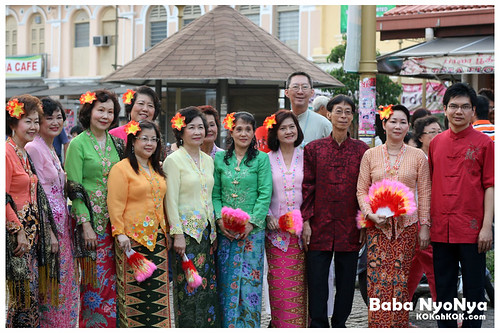
Unlike Gregorian calendar which is a cumulative number as time passed, in Chinese lunar calendar or sometimes interchange as Chinese Zodiac, twelve animals are used as symbols in their counting system and they are repeated after a cycle of 60 years. To make up for a complete 60-year rotation, the twelve animals years are also influenced by five elements of metal, wood, water, earth, fire and the concept of yin and yang.
From mythical perspective, Chinese New Year began with the fight against a wild fierced beast called 'Nian' (in Mandarin, 'Nian' also co-incidentally means 'Year') on the first day of lunar calendar. It was believed that 'Nian' would come and destroy livestock, crops and attack villagers especially children. In order to protect themselves, the villagers set up a plan; they placed all the red banners outside their houses, burnt firecrackers to make a loud noise and danced with lion heads. Believe it or not, these plan seemed worked and on the following year, this beast never turn up again.
Nowadays, Chinese New Year or Spring Festival is celebrated at varying degree depending on geographical region. In fact, the celebration of Chinese New Year lasted for 15 days from the 1st day of lunar calendar until the 15th day. In Malaysia whereby Chinese comprises about 30% of Malaysian population, it is observed as national public holidays on 1st and 2nd day of Chinese Lunar calendar. On the Chinese New Year eve, all the family members from far or near will usually be home for a reunion dinner and enjoy sumptuous meals together.

One of the tradition during Chinese New Year is wearing new clothes of red color. It was believed to scare away the evil sprits or bad fortunes. Giving red packet or red envelope ('Hong Bao' in Mandarin or 'Angpow' in Hokkien) to children is also widely practised whereby in these red packets, some cash notes are inserted. The common practice will avoid giving the cash amount in odd number. According to tales, the first red packet was given to a brave orphan boy by an elderly villager when he managed to defeat a dragon-like demon in recognition of this courage for saving the Chang Chieu villagers during Sung Dynasty. Since then, these envelopes are distributed by elderly or married couples as it symbolises courage, good luck and wealth in abundance.

This is an another example of Malaysia's extraordinary other than cultural exchange of the Malay wedding ceremony, which incorporates elements of the Hindu traditions of southern India; the bride and groom dress in gorgeous brocades, sit in state, and feed each other yellow rice with hands painted with henna. Muslims have adapted the Chinese custom of giving little red packets of money (ang pau) at festivals to their own needs; the packets given on Muslim holidays are green and have Arab writing on them.

